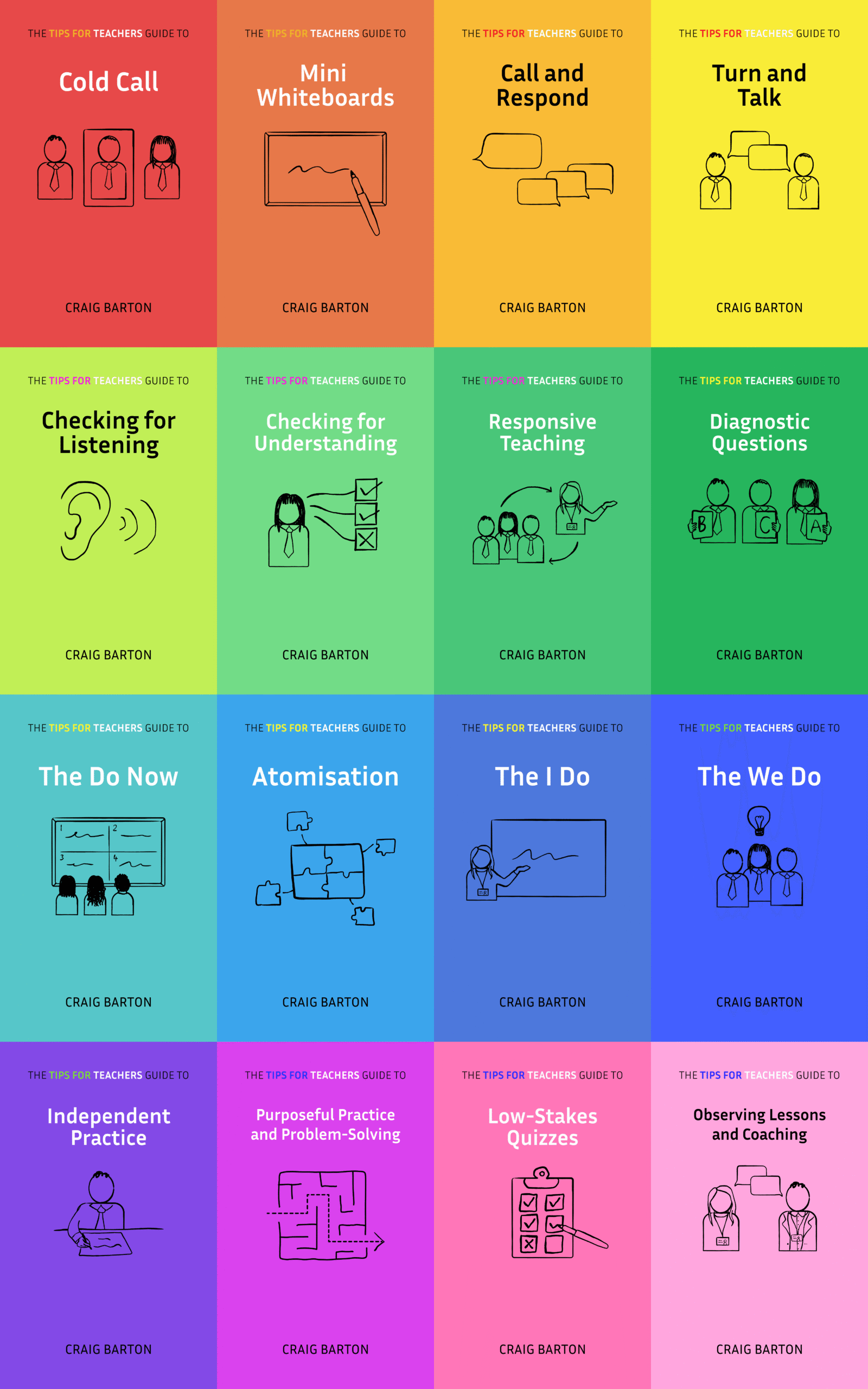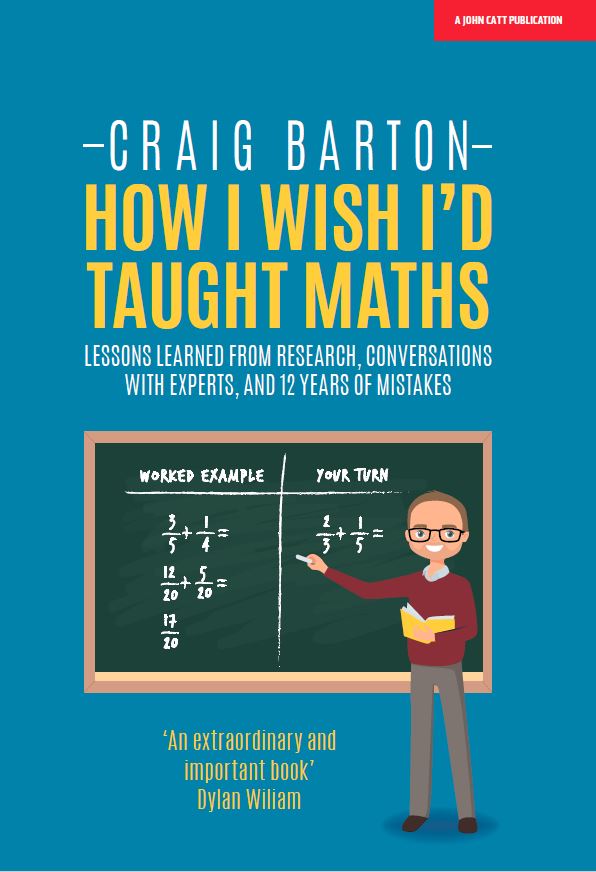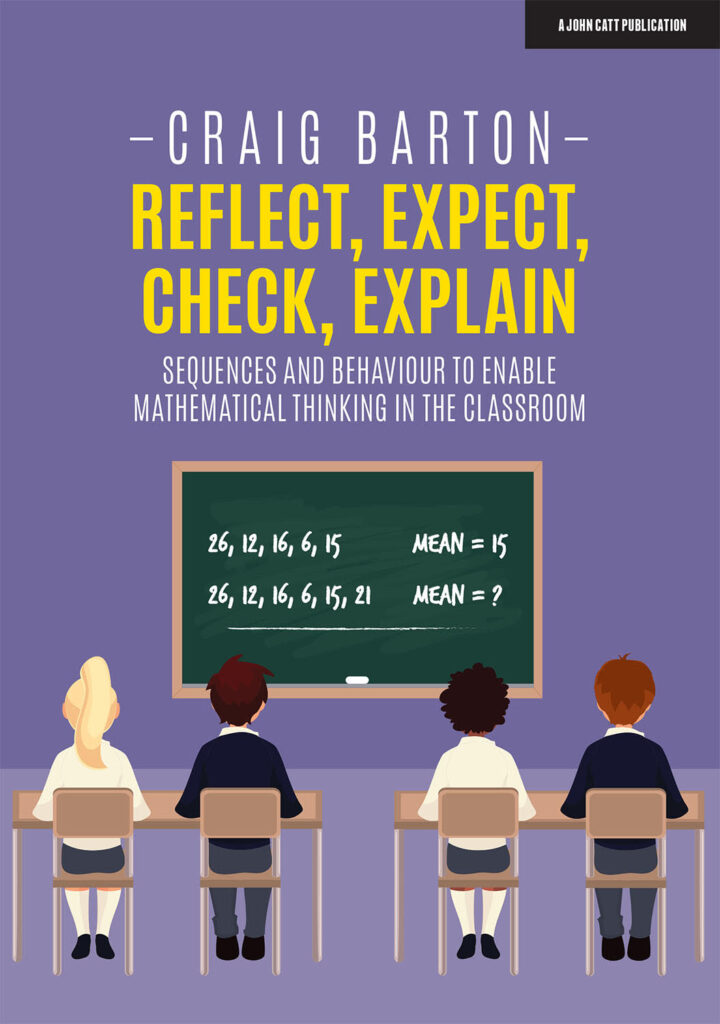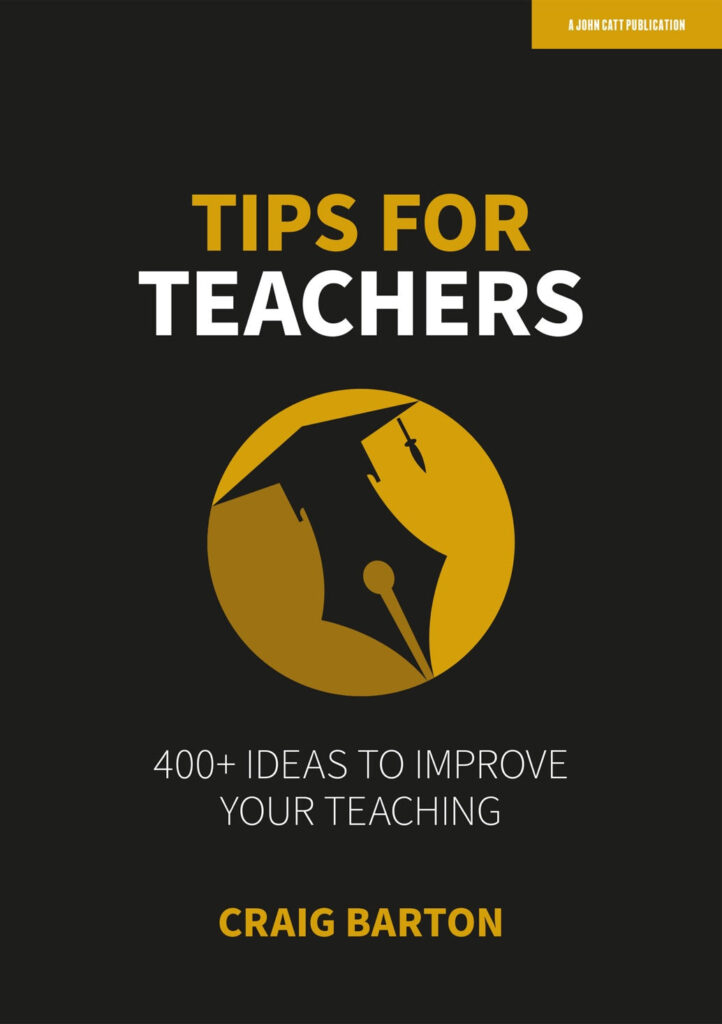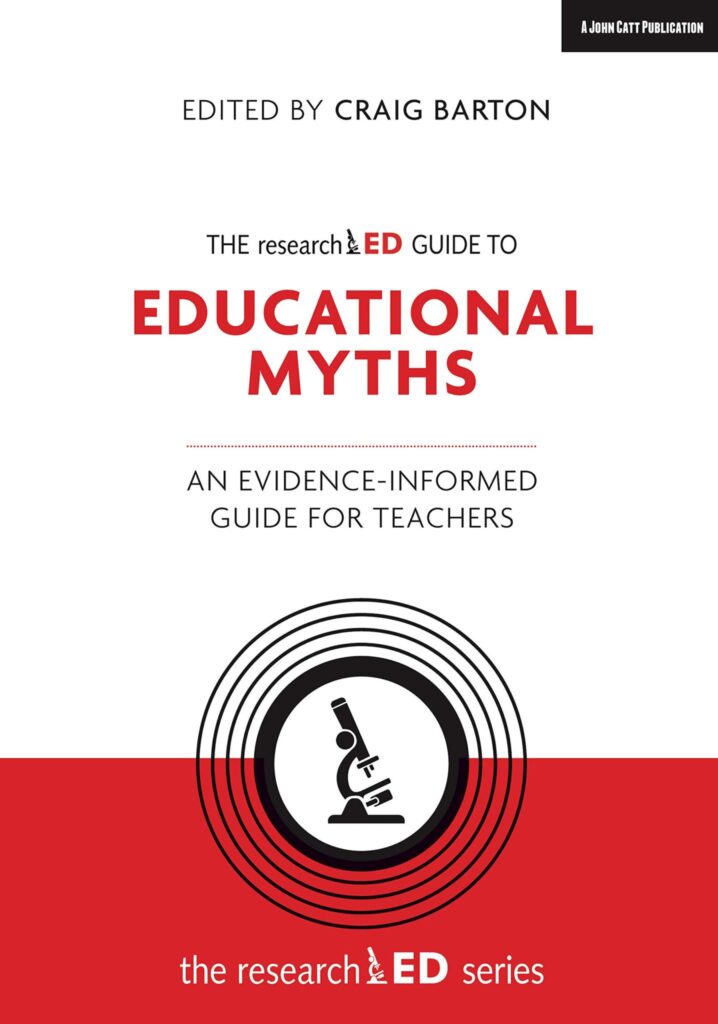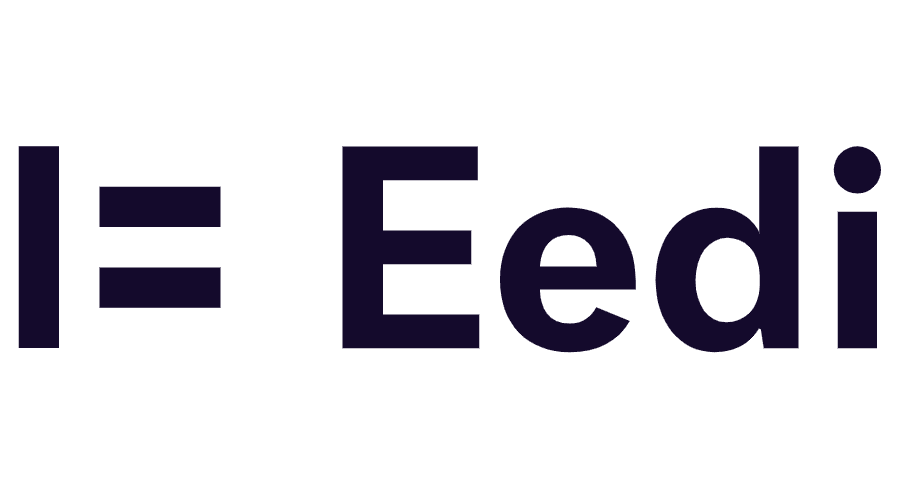
- Title: Examining the Academic Effects of Cross-age Tutoring
- Authors: A. Chang, E. Mauer, J. Wanzek, S. Kim, N. Scammacca & E. Swanson
- Access the original paper here
- Listen to a deep-dive podcast:
Paper summary
This meta-analysis synthesizes 32 studies on the academic effects of cross-age tutoring, an educational model pairing older tutors with younger tutees. The research found a small to moderate positive impact on academic outcomes for both tutors and tutees. Importantly, no significant differences in effectiveness were observed based on the number of sessions, tutor type (older student versus adult), tutee risk status, or subject area (reading versus math). These findings underscore the broad applicability and cost-effectiveness of this tutoring approach, particularly emphasizing the benefits of utilizing older students as tutors, though further research is recommended to explore additional influencing factors and cost-effectiveness compared to adult-led programs.
If teachers are to remember one thing from this study, it should be…
The broad applicability and effectiveness of cross-age tutoring. This model yields small to moderate positive academic effects for both the younger tutees (0.33) and, notably, the older student tutors (0.39). It is a versatile approach, proving beneficial across various subjects like reading and math, and for diverse learners, including those with learning difficulties. Crucially, its effectiveness is consistent whether tutors are older students or adults, offering a cost-effective way to enhance learning, especially in resource-limited settings.
*** Paper deep dive ***
Define the key technical terms used in the paper
- Cross-age tutoring: An educational model where an older tutor is paired with a younger tutee, fostering peer learning and personalized instruction.
- Meta-analysis: A research method that systematically synthesizes findings from multiple studies to provide a precise estimate of an intervention’s effects.
- Effect size (Hedges’ g): A standardized, bias-corrected measure of the magnitude of an observed effect.
- Moderator analysis: Statistical analyses conducted to determine if certain characteristics or conditions influence an intervention’s effect.
- Heterogeneity (I² value): A statistical measure (I²) indicating the variability or inconsistency among effect sizes across different studies.
What are the characteristics of the participants in the study?
Participants included tutors who were older students (grades 5-12), university students, or community volunteers. Tutees were primarily younger students (grades 1-3), including those at risk for reading difficulties or ESL learners. The combined sample size across all studies was 5500.
What does this paper add to the current field of research?
This paper provides an updated and comprehensive meta-analysis on cross-age tutoring, incorporating recent research and previously unexamined studies. Crucially, it examines academic outcomes for both tutors and tutees, whereas prior reviews often focused solely on tutees, and explores various moderating factors.
What are the key implications for teachers in the classroom?
Based on the provided source, the key implications for teachers in the classroom include:
- Cross-age tutoring can be a valuable and effective supplementary instructional strategy to enhance academic outcomes for both tutors and tutees. The meta-analysis found a small to moderate positive effect on academic outcomes for both groups, with an overall effect size of 0.34. This suggests that teachers can use cross-age tutoring as a way to provide additional support and learning opportunities for their students.
- Older students can serve as effective tutors, which can be particularly beneficial in resource-limited settings. The study found similar effectiveness between older student tutors and adult volunteer tutors. This provides teachers with a cost-effective way to implement tutoring programs within their schools by leveraging the abilities of their older students.
- The theoretical basis of cross-age tutoring aligns with social constructivist learning theories, such as Vygotsky’s Zone of Proximal Development (ZPD). Teachers can structure cross-age tutoring activities to facilitate peer-mediated learning, where tutors provide scaffolding to help tutees accomplish tasks they cannot yet do independently.
- Cross-age tutoring benefits tutors as well as tutees. Tutors engage in self-explanation and verbalization, which helps them convert implicit knowledge into explicit knowledge, enhancing their own comprehension and retention. Teachers should recognize and leverage these dual benefits when implementing such programs.
- Cross-age tutoring can be applied across different subject areas, notably reading and mathematics. The meta-analysis found positive effects in both areas, suggesting that teachers can use this model to support learning in various parts of the curriculum.
- The effectiveness of cross-age tutoring appears to be broadly applicable, showing benefits for both typically developing students and those at risk for learning difficulties. This implies that teachers can use this strategy to support diverse learners within their classrooms.
- While the number of sessions did not significantly impact the overall effectiveness, the actual amount of tutoring (e.g., hours) needs further exploration. Teachers should consider the intensity and duration of tutoring sessions when designing programs, even though the current analysis did not find the number of sessions to be a significant moderator.
- Teachers need to consider the importance of structure and potentially training for the tutors to maximize the benefits of cross-age tutoring. While the moderator analysis didn’t show tutor type as significant, previous research suggests structured programs and trained tutors can be more effective.
In summary, the findings of this meta-analysis suggest that cross-age tutoring is a flexible and beneficial educational model that teachers can consider implementing in their classrooms to support academic growth for a wide range of students and subjects, while also recognizing the learning benefits for the older student tutors. However, careful planning and consideration of program structure are important for maximizing its effectiveness.
Why might teachers exercise caution before applying these findings in their classroom?
Teachers might exercise caution due to the limited number of studies (31 total), which affects the reliability and generalizability of findings, especially for specific moderating factors. Also, high heterogeneity (I² values) indicates that unexamined variables may influence outcomes, suggesting a need for more detailed reporting in future research.
Quote
The meta-analysis revealed a small to moderate positive effect of cross-age tutoring on academic outcomes for both tutors and tutees
